
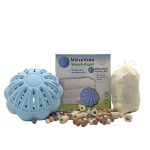


A household is multifaceted. It includes all the living areas in which we live. It is only when we have to keep our living area clean that we learn to appreciate all that goes with it. So it is floors, walls, surfaces, windows, doors, furniture, appliances and textiles that we keep clean to feel comfortable.
What is “clean" anyway?
In recent decades, the image of cleanliness in Western society has changed. Where once people merely made sure there weren’t too many flies in the house and no “dirt" lying around, today we expect everything to be clinically clean, without dust, crumbs or any bacteria – an antibacterial environment. This expectation is further reinforced in advertising messages by touting antibacterial agents as if they were indispensable in the fight against dirt and bacteria. For example, people rub their hands with disinfectants when they enter public spaces and touch its doorknobs, clean their toddlers’ eating area neatly with disinfectant wipes, sometimes even the child itself. Today, clean means “clinically pure": free of bacteria and dirt of any kind.
Is “clinically clean" healthy?
Clean is certainly healthy. It becomes difficult when bacteria are to be completely banned from our planet.
Without bacteria, however, there is no life, because bacteria are life.
They populate us, perform important functions in and on our bodies and in nature. Without them, our food cannot grow in the fields, our bodies cannot utilize them. Without bacteria, we would not have come into being in the first place and thus we need them to survive. If we banish them from our environment, our health would suffer greatly. And it already does.
There has been a remarkable decline in bacteria in our air. Just a few decades ago, the air was full of important bacteria that we breathed in. Among them are those whose messenger substances, for example, positively influence our mood.
Do you know the feeling of going into the forest and breathing deeply? It frees, brightens, calms.
The bacteria are responsible for this. It is also the bacteria that cause us to learn better and concentrate better in the great outdoors. But not only we, but also the plants breathe these bacteria. They are important for healthy growth. The bacteria problem of soils is discussed in more detail in the menu item “Garden and Plants".
From air and soil we now return to our domestic sphere. The living environment that surrounds us every day, the apartment, the house, the garden, forms our personal microbiome. Here bacteria are located that surround us daily and do not harm us – they belong to us. So also the fellow human beings, who surround us daily and whom we touch, belong to this microbiome. Even our pets belong to it. There lives its own bacterial world, which is good for us and keeps us healthy. It is attuned to the processes we need to live and functions as long as we do not disturb it. If a new “housemate" comes along, the bacterial world must first adjust to it and accept the new “bacteria" into the community. This bacterial world is very individual and can be understood quasi like a fingerprint, even forensics deals with the analysis and assignment of bacterial worlds, if it can serve to clarify facts.
Do we get sick when we come into contact with “bad" bacteria?
So-called pathogenic germs surround us mainly in the outside world. Now, in the modern world, people expect to get sick immediately when they come into contact with the “bad and dangerous" germs. However, this is usually not the case at first, because that is what evolution has produced our immune system for. First of all, we can assume that most bacteria always have good intentions and their only task is to sustain life. Bacteria cause problems when we try to eliminate them, because they then set everything in motion to persist.
In short, we can say that this is the reason why resistance is formed. If a person with a healthy microbiome comes into contact with other, possibly even pathogenic or resistant germs, these are initially less likely to be dangerous to him in a strong immune system, because the bacterial community in and on the body will take care of maintaining the balance. Particularly at risk are those whose balance is already disturbed and which can then express itself through a weakened immune system.
Back to the household:
Our microbiome in our living environment keeps its balance healthy and stable as long as we do not intervene with bacteria-killing measures. So we don’t have to directly remove the crumbs and the blob of jam from breakfast with disinfectants. We can even enrich our sterile world a little with bacteria.
Note: Beyond our recommendations, general hygiene standards should always be followed (washing hands before and after food preparation, eating, going to the toilet).
What is the difference between bacteria and MikroVeda microorganisms?
In a sterile, bacteria-fearing world like our Western one, it’s time to give the air and the environment, even our bodies, a little helping hand. The goal is not to leave dirt lying around and stop washing our hands. We should live clean, but not clinically clean. In the past decades, research has found that bacteria do not work as effectively in isolation as they do in combination with other regenerative bacteria. And so it turned out that certain compounds were needed to achieve targeted processes. And so the effective combination of lactic acid bacteria, photosynthetic bacteria and yeasts emerged as MikroVeda microorganisms.
In the following years, the pioneer manufacturers developed preparations for various areas of application, which can act in a specially coordinated manner. The formulations differed greatly from one another, as did the quality. Activated with a sugar, fermented for several weeks to years (depending on the formulation), symbiotic microorganism preparations with targeted effects are created. In the process, the microorganisms were not genetically modified, but taken and combined according to the example of nature and from nature. The manufacturers keep their formulation secret and also differ in features such as organic, vegan and made in Germany, formulations, fermentation processes, other certifications (e.g. hygiene), studies, as well as composition of the microbes.
How can I determine the effectiveness of MikroVeda microorganisms?
Try it. On the product label you will find, at most, information about the number and density of bacteria, as well as other ingredients and certificates. First of all, decide according to these characteristics which preparation you want to choose and then try the effectiveness.
Already after a few weeks the success should be visible or noticeable. Which preparation is best in the effect in everyday use will be right for you. It is the formula, the effective combination of the microorganisms in combination with the fermentation technique and the tuning of the ingredients that produces the desired effect.
How do I use the MikroVeda microorganisms for my home?
In order not to live clinically pure and yet clean, the use of MicroVeda Microorganisms in the home can be helpful. And this can be done in many ways. There is no area that cannot be enriched with MicroVeda Microorganisms. Because they are completely natural ingredients, often even in food quality.
Below we list some of the areas of application:
- Floors
- Windows
- Mirrors
- Tiles
- Door handles
- plastic surfaces
- painted surfaces
- washbasins
- bathtubs and shower trays
- toilets
- ceramic hobs
- Stove tops
- Oven
- Grill grate
- Odor elimination
- Mattresses
- Bedding
- Mold removal
- Drains
- cars, tractors, trailers
- etc.
Other preparations of food quality, but not suitable for consumption:
- Furniture and floor care
- Indoor climate
- Dust binding
- Odors
- Washing
- Rinse aid replacement
- Cutlery care
- Mildew
- Drain cleaning
- Tool care
- Shoes and textiles
- Footbaths
- Plant food
- Soil revitalization and plant care
- Water
- Compost activator
- etc.
How to apply the MikroVeda microorganisms:
Use with a spray bottle (MikroVeda Spray bottle in shop) or mixed with water from a bucket. Diluted it is used, for example, to spray against odors and dust in the home. For washing: put 2-3 capfuls in the detergent compartment of the washing machine.
What is the shelf life of MikroVeda microorganism preparations for household use?
After opening, use within approx. 6 months. Due to the formation of carbon dioxide, a slight overpressure may occur in the bottle. After taking out the liquid, squeeze the bottle slightly in the middle to keep the air column in the bottle small and thus support the shelf life.
Even against bad odors, the multi-talent MikroVeda microorganisms has something to offer. Odors, for example, are produced by bacteria that live freely everywhere in nature and live from the decomposition of organic matter. Covering up these odors with scent dispensers, room sprays, basin stones, scented oils, etc. is not a sustainable solution. The MikroVeda microorganisms can help on the one hand in the reduction up to the neutralization of the negative germ load and on the other hand at the same time help to decompose the burdening organic substances without causing bad smells.
Microbiotic room spray
The MikroVeda microbiotic room spray Sleep well is fermented with a special coordinated selection of microorganisms and thus enriches the bacterial diversity in the air. These bacteria are mainly absorbed through the nose.
Since our nose plays a major role in the formation of our internal microbiome, we should not disregard the air we breathe. Compare the fresh air of a healthy forest with that in your bedroom and you will find, even without a microscope, that the air in your bedroom is nothing like it. This is because “freshness" in the air is supported by microbes and their diversity. Since we usually lack them in our habitat, due to the lack of plants or the use of cleaning products, we can specifically introduce them. Regular spraying of the microbiotic room spray enriches the bacterial world in the air and thus supports our nose in the absorption of beneficial microorganisms. In the Sleep well we have fermented selected microorganisms, which are stable in their community and useful for the microbiota of the human organism. Enriched with organic lavender oil, it supports well-being and soothing sleep.
Our products can also be used in the house, yard, garage, warehouse, etc. for a variety of purposes. Some examples:
- Improvement of the indoor climate
- Removal of fungi and bad odors from shoes, wardrobes, chests of drawers, etc.
- Cleaning of car, tractor, trailer and other vehicles. Even long stuck cigarette and pet odors are eliminated. Engine block washing is possible without chemicals
- Unclogging of clogged and foul smelling drains
- regular cleaning and maintenance of sinks, toilet ceramics, tiles, bathtubs and shower trays
- all drains are colonized by regenerative, restorative microbes, so that disease-causing, nasty germs have no chance.
Our recommended cleaning and care products can in principle be used on all surfaces that require regular or one-time cleaning and care.
Furthermore, microorganisms ceramics are successfully used in the household.
Washing with MicroVeda Microorganisms
Chemical detergents, garbage, additives and fabric softeners can also be easily replaced when washing clothes. Up to a temperature of 60°C you can wash ecologically, economically and effectively with MikroVeda CLEAN or BLOND in ideal addition to the washing ball with the proven ceramic effect in the water. In this process, mainly cleansing enzymes , which are contained in the products through fermentation with the microorganisms, are used. Our MikroVeda washing ball contains our special ceramic tubes, which were burned in manufacture with our MikroVeda microorganisms. They have the effect of changing the water structure and thus improving the cleaning performance of the water. Washing without detergent works – and that already from a temperature of 20°C.
Translated with www.DeepL.com/Translator (free version)
You want to make your own garden bokashi from kitchen waste?
Recycle your kitchen waste and use it for your garden. Learn more in our blog articles or directly in the MikroVeda Shop.
Popular Posts

Microbiome Balance on the go
Time for holidays – The microbiotic mouth spray M33+ with you on your travels. More than ever, we long for…

At what time of day should I take the MikroVeda microorganisms?
Dietary supplement before or at mealtime? Liquid ferment as a dietary supplement at any time of day? What should be…

Remove adhesive residues from tiles, MikroVeda Lifehack with Blond or Clean
Lifehack report “Good bacteria in use”: That moment when you want to take the bathroom mat aside and it sticks…
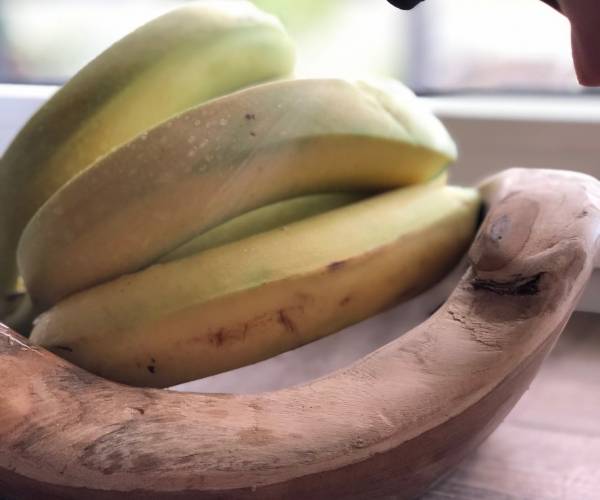
How to clean the whole household with only one natural remedy
SIMSALABIM with MikroVeda Blond – the natural “magic agent” for the household! MikroVeda Blond – fully biological, microbiotic magic as…
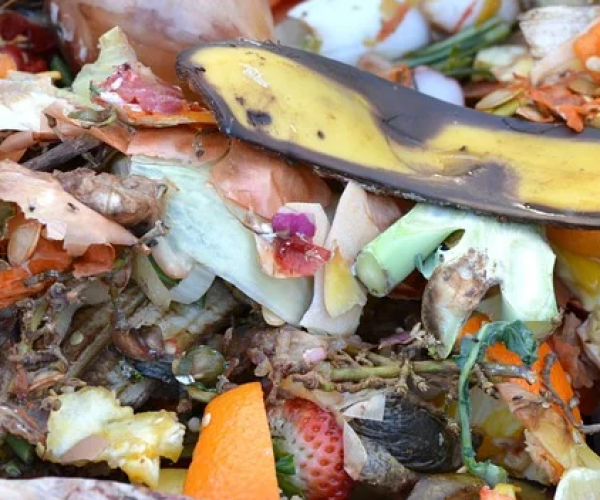
Kitchen bokashi, brand home production
What is Bokashi and why is it recommended to make Bokashi yourself? Bokashi loosely translated means “all sorts of things”…
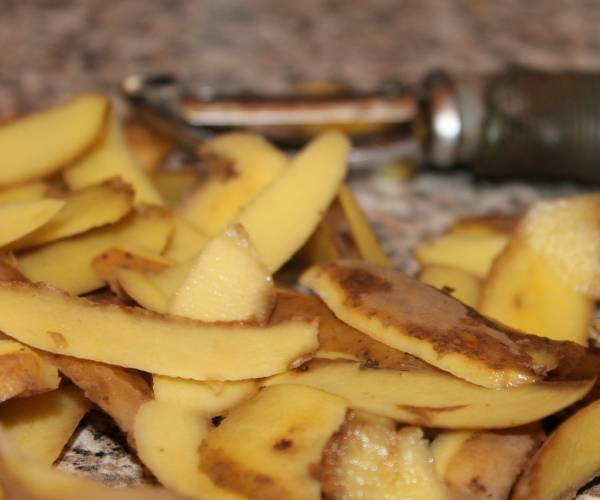
Tips, tricks & interesting facts for Bokashi making
Want to make your own Bokashi and get started right away? We’ve put together some helpful tips for you on…
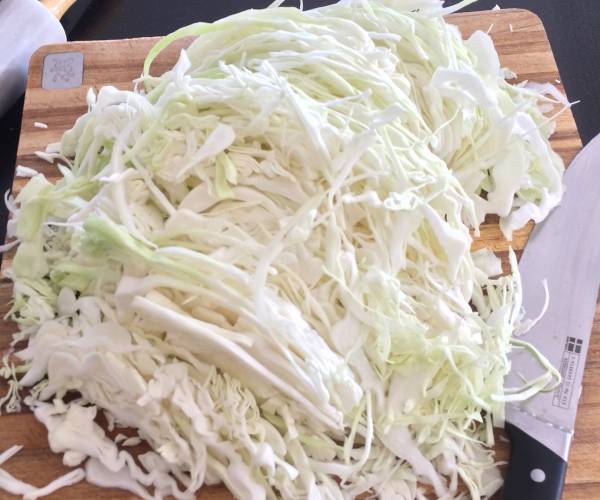
Sour vegetables from own production: What ferments for a long time finally becomes good!
Our diet contributes quite significantly to our health. But how do you produce the fuel, for example in the form…
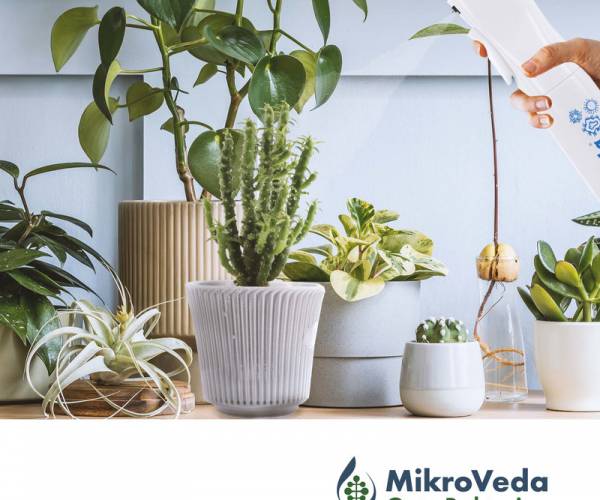
Spray your microbiome! Mikroorganisms easy to spray on
It is not new that our microorganism combination convinces our customers in its application. But how to use our preparations…
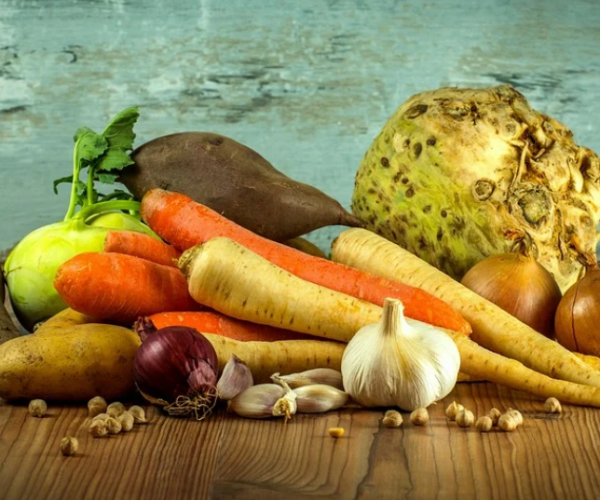
Ferment vegetables yourself and eat healthy
It was not so long ago … that fermented food was ubiquitous in our households and the fermentation of fruit…

